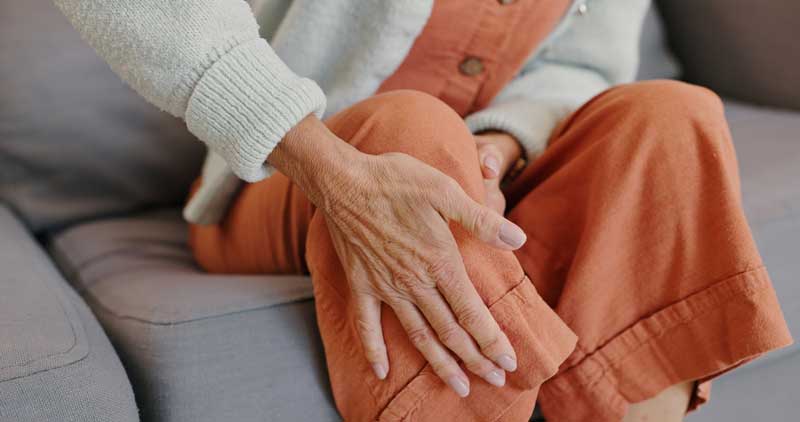
We are increasingly hearing about friends or loved ones—especially as we age—struggling with some form of chronic pain. Many resign themselves to living with it, believing it is simply part of growing older.
Whether it’s frozen shoulder, arthritis, lupus, or spinal conditions—modern medicine assigns different names and often relies on painkillers or steroids for management.
But Ayurveda approaches pain through a different lens—focusing on underlying dosha imbalances, as well as deeper factors like ama (toxins) and agni (digestive fire)—rather than just the disease label.
In Ayurveda, all types of pain are connected to Vata dosha imbalance. Vata governs movement, nerve impulses, and dryness in the body. When it becomes aggravated, pain naturally follows.
But Vata is rarely acting alone. Ayurveda looks deeper:
When pain is purely degenerative with no swelling or heat (such as in osteoporosis or age-related degeneration), it is called Kevala Vata—a pure Vata disorder. Here, the focus shifts to Brimhana—nourishing therapies that rebuild and strengthen tissues. Oil therapies such as patra pottali sweda or rice bolus treatments can be started from the beginning.
Once balance is restored, Ayurveda recommends rejuvenative herbs and therapies to strengthen bones, muscles, and joints, ensuring long-term relief.
There is a caveat: if the problem is chronic, the best approach is Panchakarma. [See the blog on Panchakarma]
Ayurveda always emphasizes the gut in pain management. It is rare to find someone with chronic pain who does not also have digestive issues. Years of constipation, weak Agni (digestive fire), and toxin buildup (ama) contribute to inflammation and worsening pain. By restoring gut health alongside local therapies, Ayurveda addresses pain at its root. [See the blog on Agni]
Usually, guidance from an Ayurvedic practitioner is best, but a few simple steps can be done at home:
Do not use oil initially.
If there is swelling accompanied with heaviness, and morning stiffness (where pain improves with movement as the day progresses):
Stronger medicated oils such as Sahacharadi, maharasanadi, Prasarnyadi, etc are very effective but should be used under professional guidance as different oils are effective for different doshas and different tissues.
Pain does not have to be a lifelong companion. By reducing inflammation, balancing Vata, strengthening tissues, and restoring digestive health, Ayurveda provides a roadmap for true healing—not just temporary suppression of symptoms.
As Charaka Samhita beautifully states:
“Rogāḥ sarve api mandāgnau.”
“All diseases arise from impaired digestive fire.”
This timeless principle reminds us that whether it is arthritis, back pain, or simple joint stiffness, healing begins with restoring Agni, balancing the doshas, and nourishing the body from within.
Simmi Chopra is a highly accomplished Ayurvedic Practitioner with a unique blend of expertise in traditional Ayurveda and modern science. Trained in the ancient healing system, she completed the prestigious Ayurveda Doctor program from Kerala Ayurveda. Based in New York City, Simmi practices at SIDH Ayur, where she offers personalized Ayurvedic therapies, dietary guidance, lifestyle recommendations, and herbal solutions to help clients achieve holistic balance.